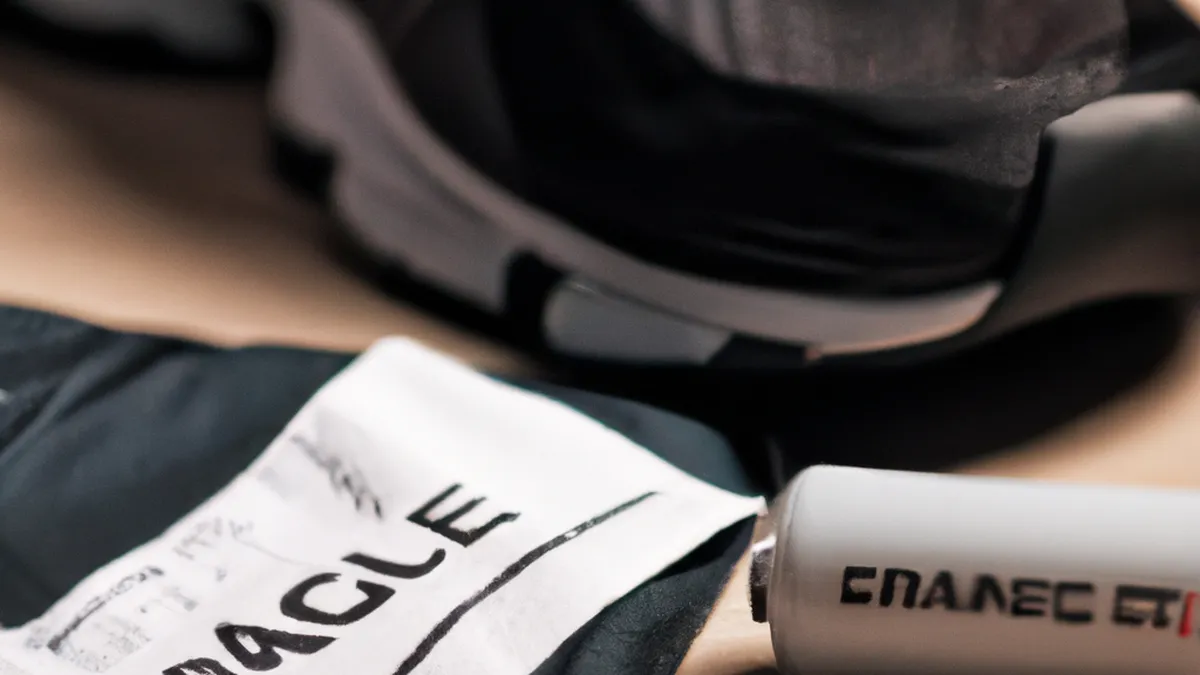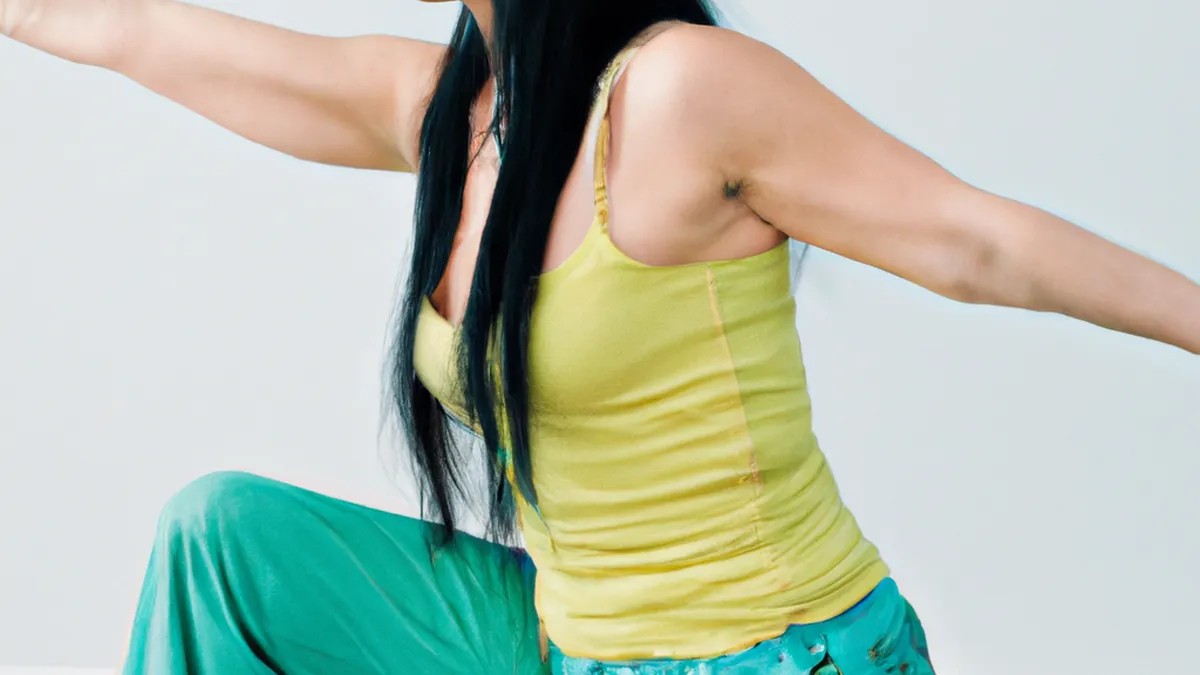Recharge with These Foam Rolling Tips
Foam Rolling Techniques Post-Brick: A Comprehensive GuideAfter an intense workout, especially a brick session, give your muscles special attention. Foam rolling helps reduce soreness, improve blood flow, and enhance muscle recovery. This article explores effective foam rolling techniques for post-brick recovery, the benefits of foam rolling, and its importance for optimal performance.
Understanding Foam Rolling
Foam rolling, or self-myofascial release (SMR), uses a foam roller to apply pressure to muscle groups. This technique releases muscle tightness and fascial adhesions, improving flexibility and reducing soreness. During a brick workout, athletes alternate between cycling and running, putting their bodies under strain. This switch can tighten muscles, especially in the legs, back, and shoulders. Foam rolling eases this tension and promotes recovery.
Effective Foam Rolling Techniques
As an Amazon Associate I earn from qualifying purchases.
Gear tip: consider foam roller, massage oil, and massage gun to support this topic.
Focus on Major Muscle Groups
1. **Calves**: Sit on the floor with your legs extended. Place the foam roller under your calves. Use your hands for support, lift your body, and roll slowly from your ankles to your knees. Pause on tight spots for 20-30 seconds to release tension after cycling and running.2. **Hamstrings**: Sit on the roller and extend your legs. If desired, place one leg over the other for added pressure. Roll from your glutes to your knees, focusing on tight areas. This step is essential since hamstrings endure strain during cycling and running.3. **Quadriceps**: Lie face down and place the roller under your thighs. Support your upper body with your arms. Roll slowly from your hips to your knees. Turn your legs slightly to target different quadriceps areas for a comprehensive release.4. **Glutes**: Sit on the foam roller and lean to one side, placing one foot on the opposite knee. Roll from your tailbone to your outer hip. This position targets the piriformis muscle, which can tighten and cause discomfort after a brick workout.
Incorporate Upper Body Techniques
Don’t neglect the upper body, even if lower-body muscles take the brunt of a brick workout.1. **Upper Back**: Lie on your back with the foam roller horizontally under your shoulder blades. Lift your hips off the ground and gently roll from your upper to lower back. Cross your arms over your chest to increase pressure on tight upper back muscles from cycling posture.
Conclusion
Foam rolling enhances recovery and performance after brick workouts. Incorporate these techniques into your routine for optimal results.
Below are related products based on this post:
FAQ
What is foam rolling?
Foam rolling, or self-myofascial release (SMR), is a technique that uses a foam roller to apply pressure to muscle groups. This practice helps release muscle tightness and fascial adhesions, improving flexibility and reducing soreness.
Why is foam rolling important after a brick workout?
After a brick workout, foam rolling is essential because it eases muscle tension caused by alternating between cycling and running. This technique promotes recovery, reduces soreness, and enhances overall performance.
Which muscle groups should I focus on when foam rolling?
When foam rolling, focus on major muscle groups such as the calves, hamstrings, quadriceps, glutes, and upper back. Each of these areas can experience significant strain during a brick workout, making them crucial for effective recovery.















Post Comment